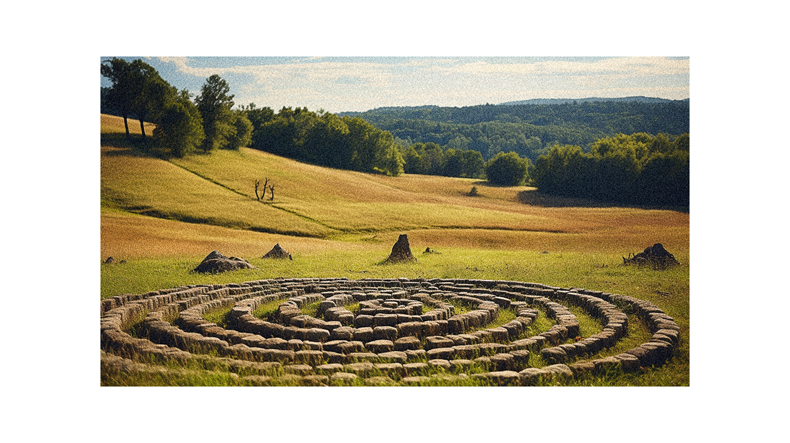Are you tired of traditional art forms that seem disconnected from the pressing issues of our time? Well, prepare to be amazed by the dynamic and thought-provoking world of contemporary art.
This article will delve into the exciting realm of environmental and sustainable art themes, where artists use innovative materials and media to convey powerful messages about climate change, social justice, and political policy.
From African tribal sculptures to Japanese Zen gardens, sustainability in art is not a new concept. However, it has gained increasing prominence in Western art in recent years. We will explore how this shift has been influenced by movements such as land art, where the environment becomes a canvas for creative expression.
But sustainability in art goes beyond just visual aesthetics. Artists collaborate with scientists, engage with natural landscapes, and even participate in activism to raise awareness and inspire change. We will also discuss different approaches within sustainable art, such as ecological art and bio-art.
In addition to exploring the positive impact of sustainable art on society, we will also address some adverse environmental impacts within the industry itself. Finally, we will touch upon eco-design strategies that minimize waste and promote sustainability throughout the artistic process.
So get ready to expand your horizons and discover how contemporary artists use their creativity to tackle our planet’s most pressing challenges.
What is Sustainable Art?
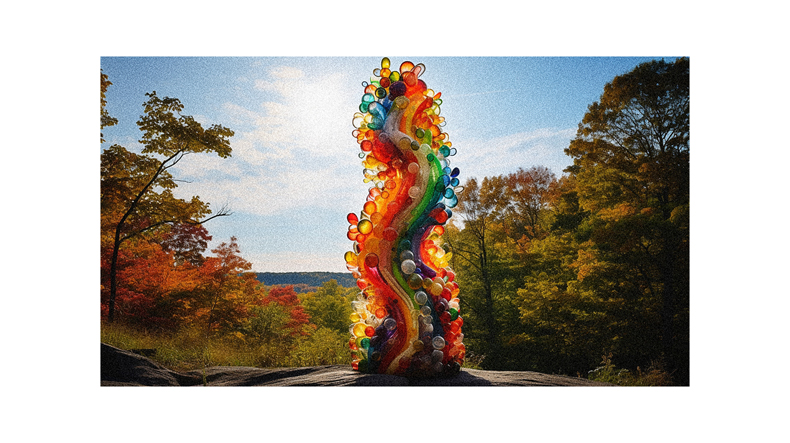
Sustainable art, a rapidly growing genre in the art world, utilizes innovative materials and practices to address climate change, social injustice, and political policies while minimizing harm to ecosystems.
Artists who engage with sustainable art prioritize using environmentally friendly materials and techniques that have minimal impact on the planet. They seek to raise awareness about pressing environmental issues by integrating activism and environmental consciousness into their work.
Sustainability in art is not limited to visual arts but can be seen across various creative fields such as architecture, fashion, music, writing, performance, and film.
Artists like Agnes Denes, El Anatsui, Andy Goldsworthy, Olafur Eliasson, and Maya Lin have significantly contributed to this movement by creating artworks that highlight the dangers of climate change or encourage contemplation of the natural world.
Through their conscious decisions about materials and experiences, sustainability artists play a pivotal role in inspiring change and affecting communities. Their work raises awareness and influences society’s perception of sustainability while having real effects on the future of our planet.
Innovative Materials and Media
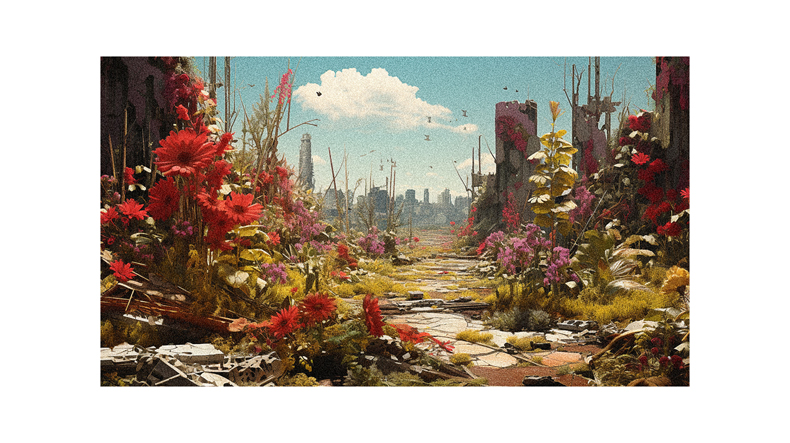
Imagine discovering unique materials and media that artists are using to create mind-blowing masterpieces. In the world of sustainable art, innovation is key. Artists are constantly pushing boundaries by experimenting with unconventional materials and media to convey their messages on climate change, political policy, and social injustice.
From recycled plastics and discarded objects to organic matter and renewable resources, sustainable artists embrace various materials in their creative process. They find beauty in the overlooked and transform these materials into thought-provoking works of art.
Not only do these innovative choices contribute to the artwork’s aesthetic value, but they also serve as powerful reminders of our impact on the environment. By utilizing sustainable materials and embracing alternative media, artists inspire change while highlighting contemporary society’s urgent need for environmental consciousness.
Sustainability in African and Japanese Art
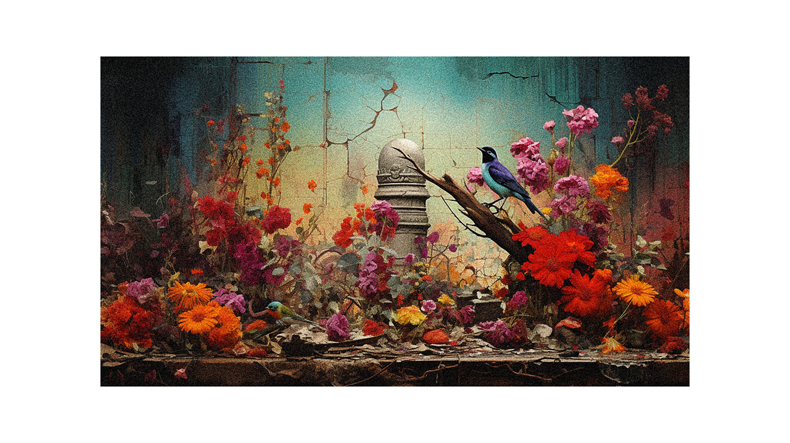
Through natural materials and traditional techniques, African and Japanese artists have long embraced sustainable practices in their art, intertwining cultural heritage with environmental consciousness.
In Africa, artists utilize a wide range of natural materials, such as clay, stone, wood, and fibers from plants like hemp or sisal. These materials are locally sourced and often harvested sustainably, ensuring minimal environmental impact.
Artists in Japan also prioritize sustainability by incorporating traditional techniques like origami and ikebana (flower arrangement), which emphasize the use of natural elements. Additionally, Japanese artists frequently upcycle or repurpose materials to create new artworks, reducing waste and promoting a more sustainable approach to artistic production.
Through their dedication to sustainable practices, African and Japanese artists inspire us to consider our connection with the environment and strive for a more environmentally conscious world.
Shift in Western Art
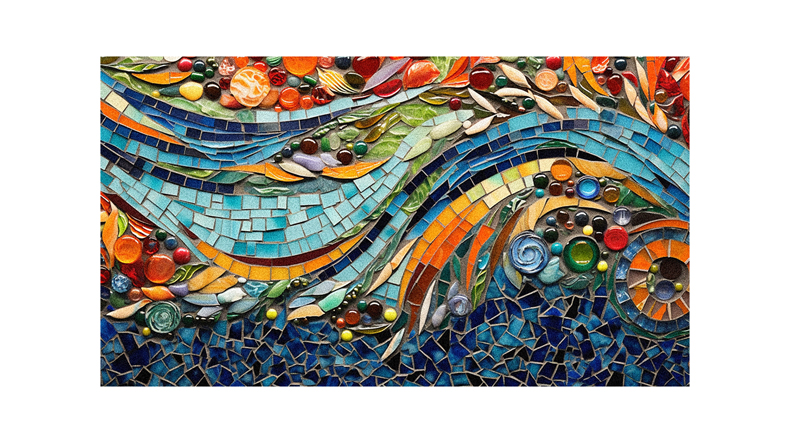
As you delve into the topic, you’ll witness a profound transformation in Western art. Artists embrace nature’s embrace and unleash a torrent of creativity. In the 19th century, Romantic artists led the way by focusing on the beauty and power of nature. This shift towards sustainability continued with movements like Land art in the 1950s, which used the environment as a medium for artistic expression. Artists like Robert Smithson created iconic works such as Spiral Jetty that interacted with changing landscapes.
Alongside this movement, conceptual art emerged, prioritizing ideas over final products. Today, contemporary artists consciously choose materials, locations, and experiences to convey their messages about environmental issues. They are essential in raising awareness about the climate crisis and social change while inspiring communities to take action for a sustainable future.
Land Art and the Environment
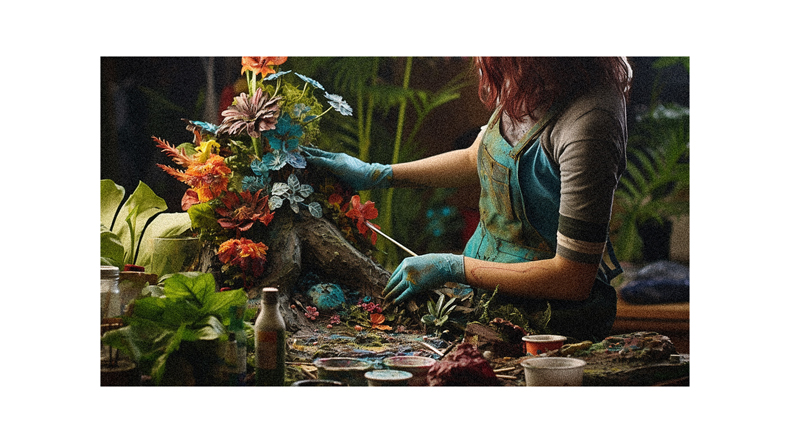
Land art has revolutionized how artists engage with the environment, using natural materials and landscapes as their canvas. This artistic movement emerged in the 1950s and aimed to break away from traditional art forms by incorporating nature into the artwork.
One of the most famous examples of land art is Robert Smithson’s Spiral Jetty, a massive earthwork sculpture in Utah’s Great Salt Lake. By creating these large-scale installations in remote natural settings, artists showcased their creativity and highlighted our environment’s beauty and fragility.
Land art encourages viewers to consider their relationship with nature and raises awareness about environmental issues. Through this unique approach, artists continue to inspire conversations about sustainability and encourage a deeper appreciation for our natural world.
Conceptual Art and Ideas
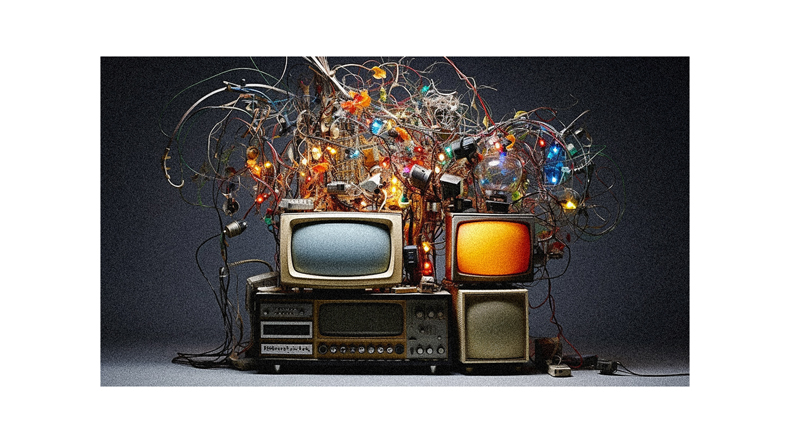
Conceptual artists challenge traditional notions of art by focusing on the underlying concept or idea, pushing boundaries, and expanding our understanding of what constitutes artistic expression.
In environmental and sustainable themes, conceptual artists play a crucial role in raising awareness and sparking conversations about pressing ecological issues. Their work provokes thought and encourages viewers to contemplate the relationship between humans and nature.
These artists prioritize the idea behind their creations rather than solely focusing on the final product, allowing for a deeper exploration of complex environmental concepts. Using various mediums and techniques, conceptual artists address climate change, resource depletion, and social injustice.
Their thought-provoking installations and immersive experiences prompt viewers to reconsider their impact on the environment while challenging societal norms surrounding sustainability. Through their innovative approach to art-making, conceptual artists inspire change and contribute to building a more environmentally conscious future.
Contemporary Artists and Conscious Decisions
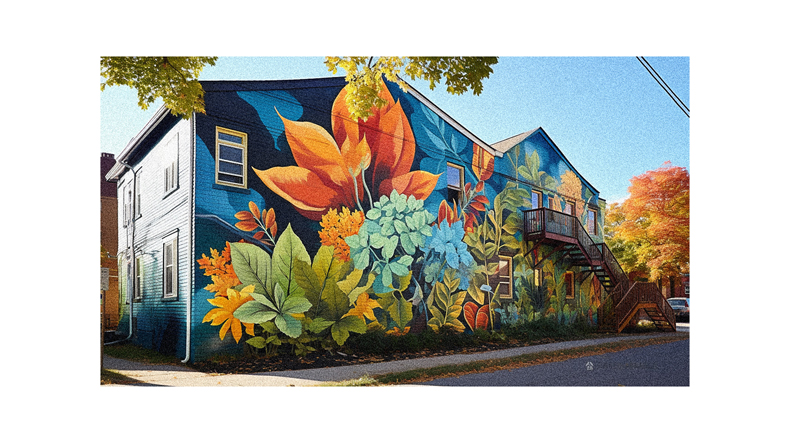
Contemporary artists today, driven by a desire for societal change, consciously make decisions about their materials, locations, and experiences to raise awareness of pressing environmental issues. They understand the power of their art to impact society and actively choose sustainable practices that align with their values.
By using environmentally friendly materials and techniques, they minimize their ecological footprint while delivering powerful messages about climate change, social injustice, and political policies. These artists prioritize the idea behind their work rather than focusing solely on the end product.
They collaborate with scientists and engage with natural landscapes to create site-specific installations that connect viewers with nature. Through their conscious decisions and innovative approaches to sustainability, contemporary artists play a significant role in highlighting the urgency of the climate crisis and inspiring positive change within communities worldwide.
Examples of Sustainable Artists
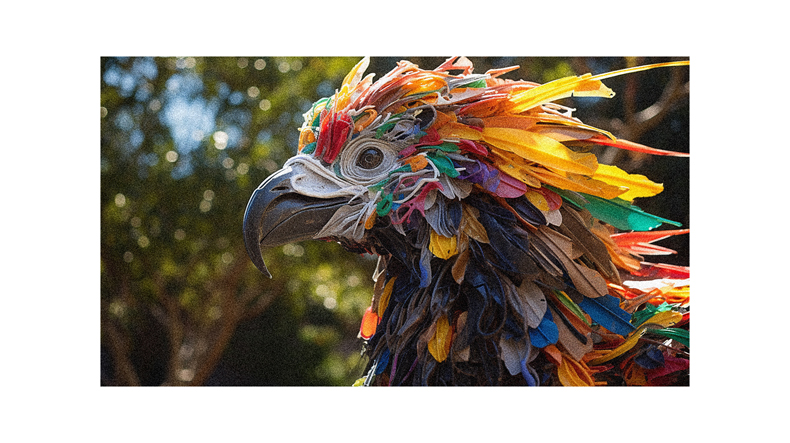
Olafur Eliasson, known for his sculptural and immersive installations, harnesses the power of natural elements to provoke contemplation about the urgent threats posed by climate change. His artworks are a powerful reminder of our connection to nature and the need for environmental action.
In his piece titled ‘Ice Watch,’ Eliasson transported massive blocks of ice from Greenland to cities worldwide, allowing viewers to witness the impact of melting glaciers firsthand.
Another notable installation is ‘The Weather Project,’ which filled the Tate Modern’s Turbine Hall with an artificial sun, creating a mesmerizing atmosphere that encouraged visitors to reflect on their relationship with the environment.
Through his work, Eliasson aims to raise awareness and inspire individuals to take responsibility for preserving our planet’s future.
Impact on Communities
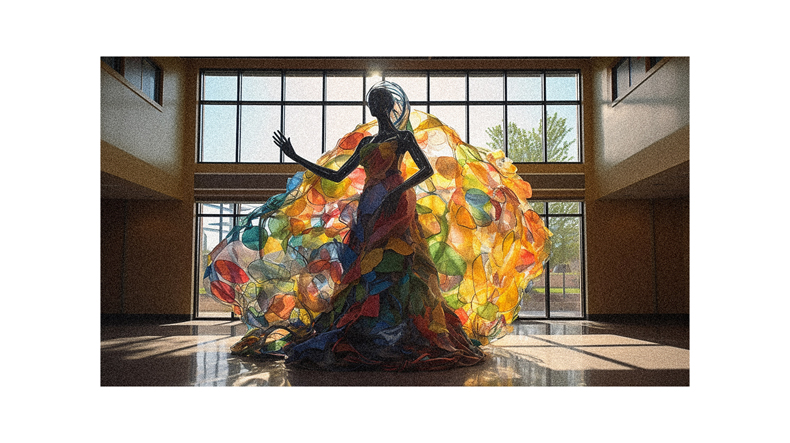
Now, let’s talk about environmental and sustainable art’s impact on communities. When artists dedicate their work to highlighting environmental issues and creating sustainable artwork, they raise awareness and inspire action within their communities.
Using upcycled materials and natural resources, these artists demonstrate the possibilities of a more eco-conscious lifestyle. These artworks serve as powerful reminders of the importance of sustainability in our daily lives, encouraging viewers to reevaluate their choices and behaviors toward the environment. They spark conversations and discussions about climate change, waste reduction, and conservation within communities, fostering a sense of collective responsibility.
Moreover, sustainable art initiatives often involve collaborations with local organizations, scientists, and activists working towards positive change. This creates opportunities for engagement and participation within the community, promoting a sense of ownership over environmental issues.
Through their thought-provoking creations, sustainable artists have the power to inspire individuals to take action toward building a more environmentally conscious future for their communities.
Literature on Environmental Art
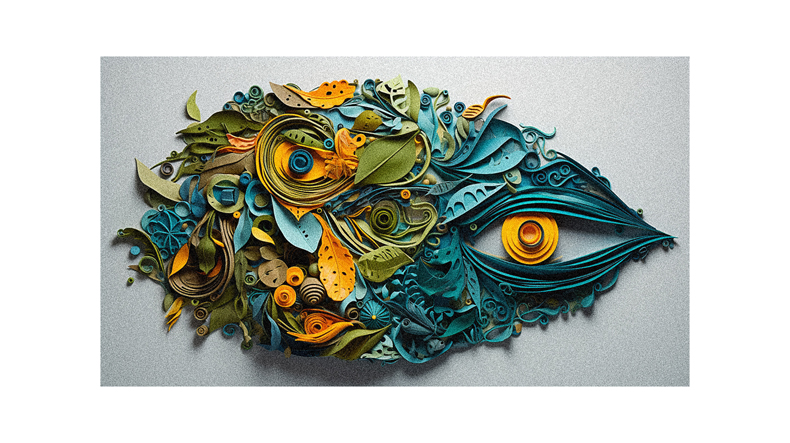
Imagine diving into a literary realm that delves deep into the captivating world of art intertwined with nature, inviting you to explore the profound connection between human creativity and our fragile planet.
In this realm, you will discover an abundance of literature dedicated to environmental art, shedding light on its history, significance, and impact. Books like ‘Land and Environmental Art’ by Jeffery Kastner and Brian Wallis take you on a journey through the Land Art movement and its exploration of the environment as a medium for artistic expression.
Linda Weinraub’s ‘To Life! Eco Art in Pursuit of a Sustainable Planet’ documents the environmental art movement, showcasing how artists respond to ecological concerns through their work.
‘Undermining: A Wild Ride Through Land Use, Politics, and Art in the Changing West’ explores the intersection of art, environment, and politics.
These books offer invaluable insights into how artists embrace sustainability in their practice while inspiring change and raising awareness about our planet’s future.
Art and Activism
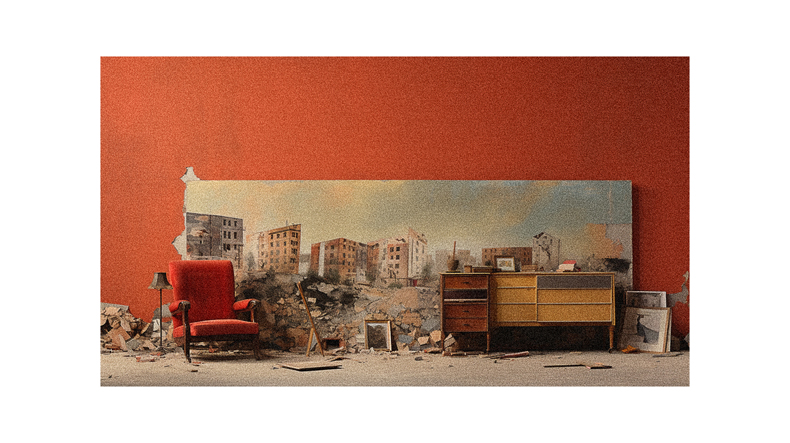
Embark on a journey that explores the powerful connection between art and activism as you delve into the world of artists who use their creative voices to ignite change and tackle pressing social and environmental issues.
These visionary individuals are unafraid to push boundaries and confront the status quo through their thought-provoking artworks. Their work challenges societal norms, shines a light on injustice, and advocates for a more sustainable future. Whether it’s addressing climate change, social inequality, or political corruption, these artists harness the power of their craft to inspire action and create awareness.
By engaging with communities and collaborating with like-minded individuals, they amplify their impact and foster dialogue that can lead to positive transformation. Art can transcend language barriers and evoke emotions in ways that words alone cannot. It is through this intersection of art and activism that real change can take place, shaping our collective consciousness toward a better world.
Sustainability in the Art World
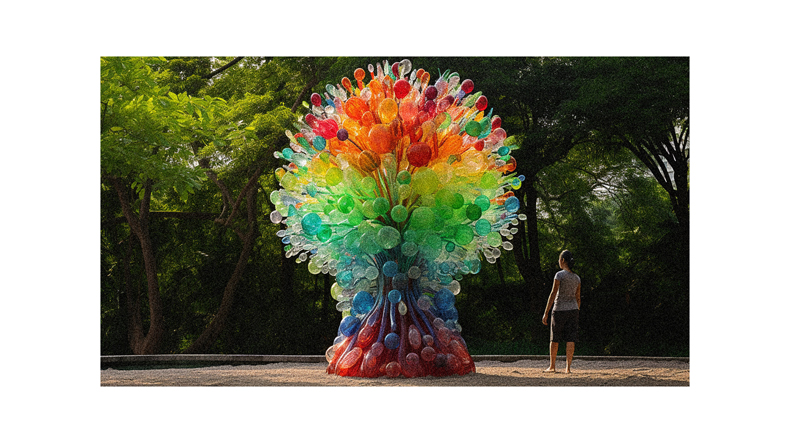
In the ever-evolving art world, artists are weaving ecological consciousness and social responsibility into their creative tapestry, fostering a profound connection between artistic expression and sustainable practices.
The focus on sustainability in art has gained momentum, similar to the fashion and beauty industry. Artists now dedicate their work to highlighting environmental issues and creating sustainable artworks using upcycled materials and natural resources.
Biennials, traditionally having negative environmental impacts, are taking steps towards sustainability. For example, the Helsinki Biennial sets an example by being a climate-neutral event and implementing sustainable practices.
Many artists prioritize sustainability by making conscious decisions about materials, locations, and experiences. Doing so raises awareness of environmental concerns and influences society’s perception while minimizing harm to ecosystems.
Negative Environmental Impacts
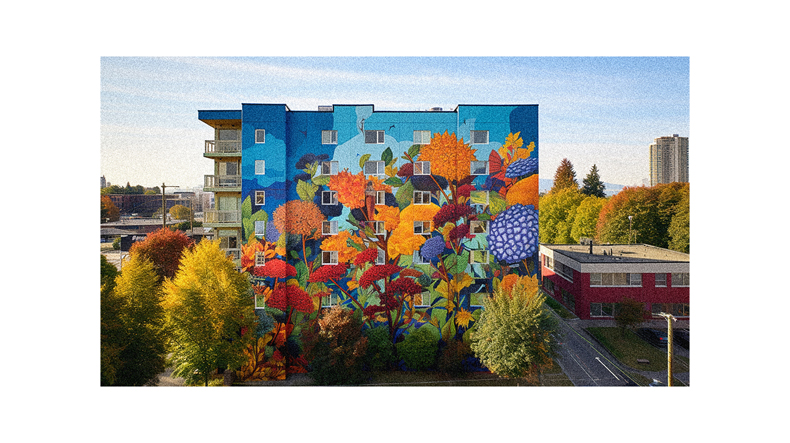
The art world’s impact on the environment raises concerns about its negative ecological footprint. While art plays a crucial role in raising awareness of environmental issues, it is essential to acknowledge and address the environmental impacts associated with artistic practices.
Art biennials, for example, can contribute to high carbon emissions and waste generation due to their large-scale and temporary nature. However, initiatives are being taken to mitigate these negative impacts. The Helsinki Biennial sets an example by implementing sustainable practices and striving to be a climate-neutral event.
The art world must prioritize sustainability and explore ways to reduce its environmental footprint through conscious material choices, energy-efficient installations, and responsible waste management. By doing so, the art world can continue leading conversations on sustainability while minimizing harm to ecosystems and contributing positively towards a more environmentally conscious future.
Different Approaches: Ecological Art and Bio Art
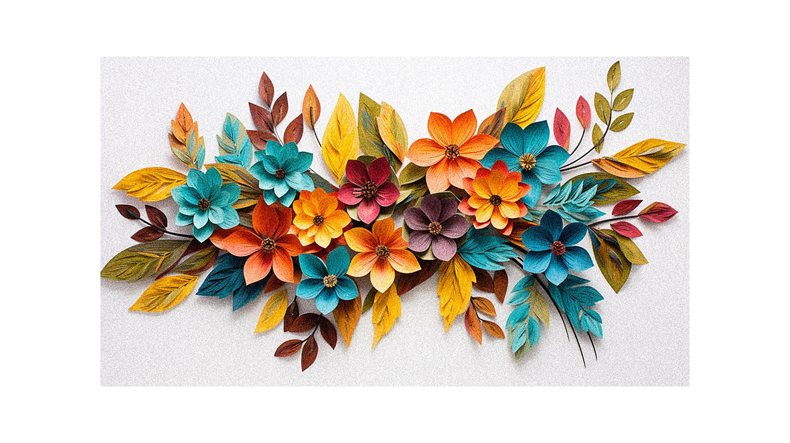
Let’s dive into the fascinating world of ecological and bio art, exploring different approaches artists take to address environmental issues and engage with nature.
Ecological art focuses on activism and restoration, aiming to impact the environment positively. Artists in this field often collaborate with scientists and communities to bring about change through their artwork. They use various mediums, such as installations, sculptures, and performances, to raise awareness about ecological concerns and promote sustainable practices.
On the other hand, bioart involves using living organisms or natural materials in artistic creations. It blurs the boundaries between art and science, exploring themes like genetic engineering, biotechnology, and synthetic biology. Bio artists often challenge our perceptions of life by creating thought-provoking artworks that invite us to reflect on our relationship with nature and technology.
Both ecological and bio art offer unique perspectives on environmental issues, inspiring dialogue and encouraging viewers to take action for a more sustainable future.
Eco Design and Minimizing Waste

Explore the world of eco-design and how artists like yourself can minimize waste through innovative approaches and conscious material choices. Eco-design considers the entire lifecycle of objects, aiming to minimize environmental impact and waste.
As an artist, you have the power to make a difference by choosing sustainable materials and practices in your work. Using recycled or upcycled materials can give new life to discarded items and reduce the demand for virgin resources. Additionally, consider the longevity and durability of your artwork, ensuring that it will stand the test of time rather than contributing to a throwaway culture.
Embrace sustainable production methods using natural dyes, non-toxic materials, and energy-efficient processes. By incorporating these principles into your art practice, you can contribute to a more sustainable future while creating meaningful and impactful works of art.
Follow us on Pinterest for more tips, tutorials, and artist reviews!

